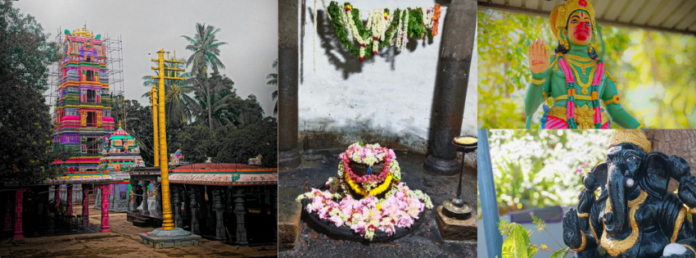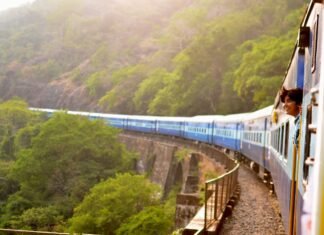Introduction:
Natta Rameswara Temple, located in the village of Penumantra, West Godavari District, Andhra Pradesh, is a unique and ancient Shiva temple with fascinating historical and spiritual significance. Here, we explore the rich history, legends, and spiritual practices of this temple, providing a detailed guide for visitors. Here, we can learn about Natta Rameswara Temple Timings, History, and all the information before you visit.
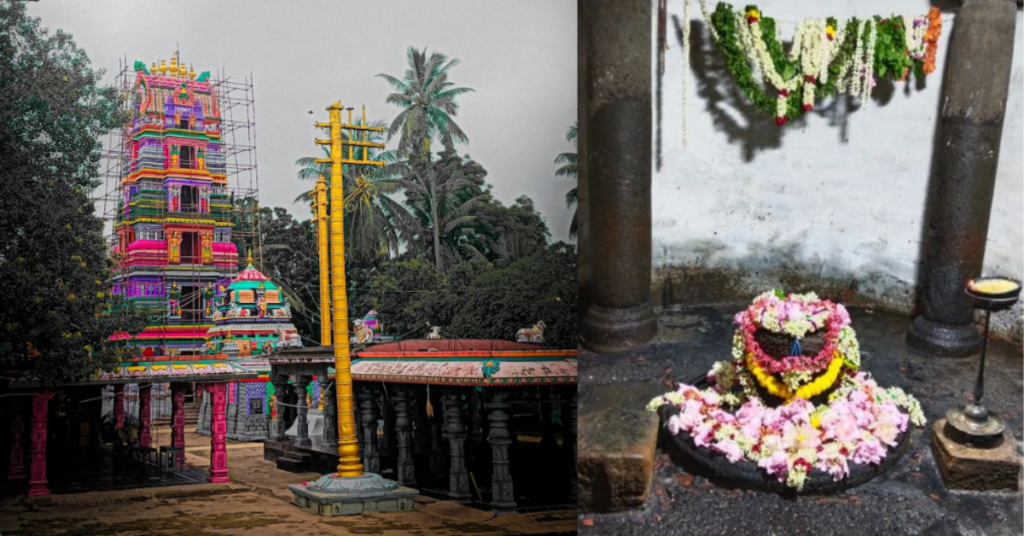
Location and Overview:
The Natta Rameswara Temple is situated in Penumantra mandal of West Godavari district. This sacred temple complex houses two distinct Shiva Lingas in the same premises. Known for its deep spiritual significance, the temple’s uniqueness is celebrated in both the Markandeya Purana and Vayu Purana. The temple is commonly referred to as Saptakateswara Linga, a title derived from the belief that the sage Parasurama established the Shiva Linga here with the blessings of seven crore Munis and Devarshis.
Unique Features of the Temple:
One of the standout features of Natta Rameswara Temple is that the Shiva Linga remains submerged in water for 11 months of the year. The Linga emerges for worship only in the month of Vaishakh, considered the most auspicious month for Lord Shiva. During this time, devotees gather in large numbers to perform abhishekam (ritualistic bathing) and other offerings. Another unique aspect of the temple is that the Shiva Linga is west-facing, a rare orientation among Shiva temples.
Also read: A Complete Pilgrimage Guide to Kotappakonda Temple
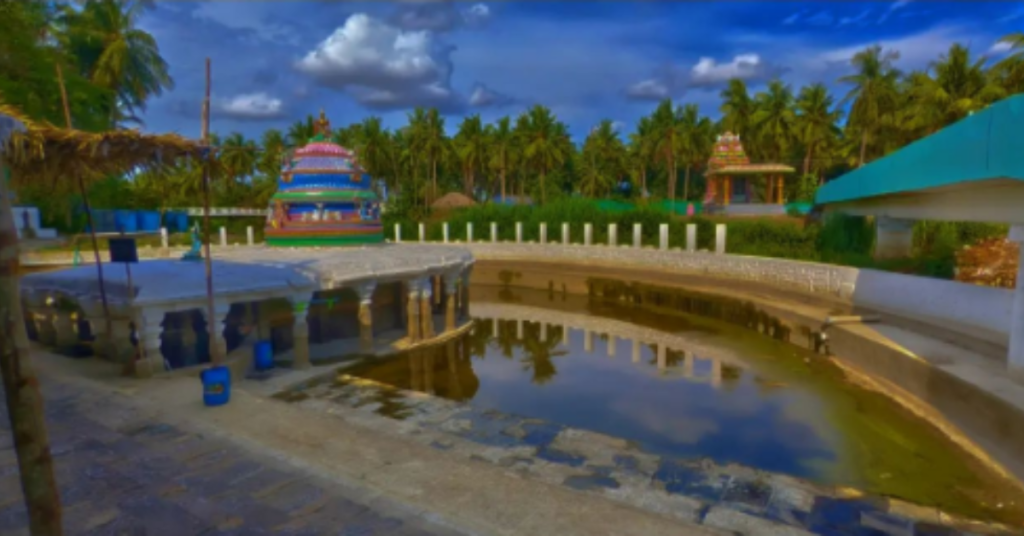
The Legend of Parasurama and Rameswara Lingam:
According to the legends found in Treta Yuga, Lord Sri Rama visited this holy site with Sita Devi and established a Shivalinga made of snails and sand. This linga came to be known as Rameswara Lingam, and it is believed that the town of Natta Rameswaram derived its name from this event. Devotees believe that worshiping Natta Rameswara blesses them with knowledge and frees them from the fear of mortality.
Must Visit: Exclusive of Sri Veerabhadra Swamy Temple in the Pattiseema
The Mahasmasana and Kalabhairava Swamy Temple:
The temple complex also houses a Mahasmasana, similar to the holy site of Kashi. Nearby, there is a temple dedicated to Kalabhairava Swamy, the ruler deity of the region. Devotees flock here seeking spiritual blessings. Additionally, an ancient Aswartha tree, said to be several hundred years old, stands to the southwest of the temple. Circumambulating this tree is believed to bless devotees with children.
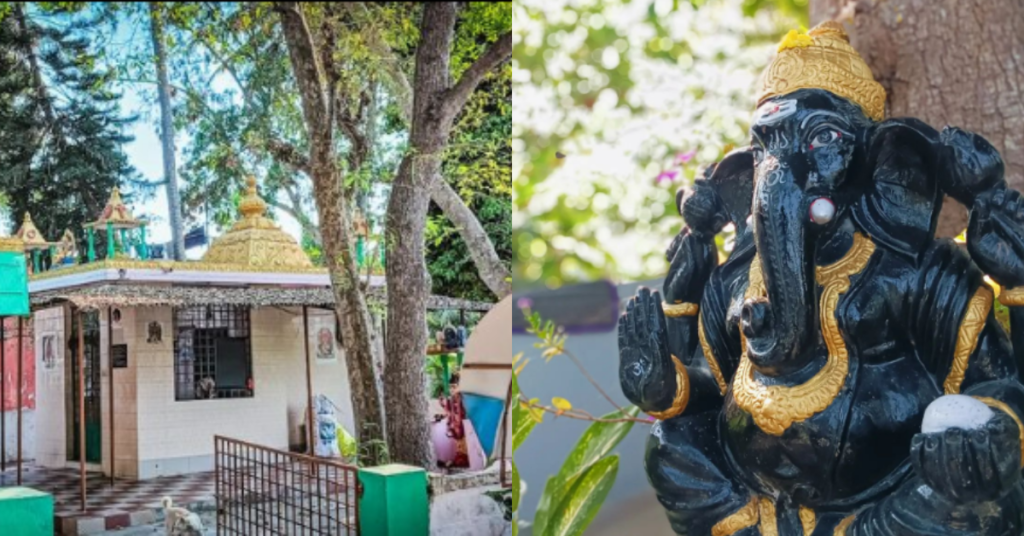
Also read: The Exclusive Views of Kolleru Lake Kolleru lake bird sanctuary
The Gostani River and Its Significance:
Flowing near the temple is the Gostani River, which holds great historical and spiritual significance. The river is believed to be older than the Godavari River, and a fascinating legend tells how it originated from the spilled milk of Bhudevi during a famine. The Another sacred Shiva Linga, Parasurameshwara Linga, stands within the temple complex facing north, which further enriches the temple’s religious significance.
Historical Background and Temple Architecture:
The Eastern Chalukyas played a significant role in the renovation of this temple during their rule. Inscriptions indicate that Shakti Varma, one of the Eastern Chalukya kings, constructed many Shiva temples in the region. The temple underwent further restoration in 1583, under the orders of Khulipadusha. The Rajagopuram, the main entrance tower, stands tall with four majestic floors, and the intricately carved stone pillars in the Kalyana Mandapam are a testament to the exquisite craftsmanship of the era.
Must visit: The Ultimate Views Of Perupalem Beach: Haven of Beach
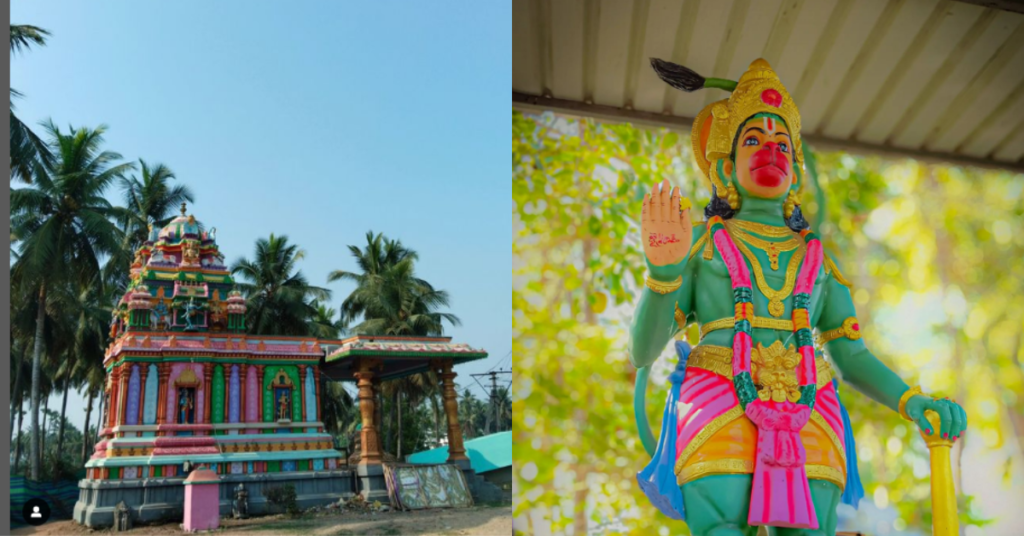
Inscriptions and Donations:
Historical inscriptions in the temple reveal that Pratap Annamaraju of Mahamandalesvara Singarakota, along with other notable figures, made significant donations to the temple. Another inscription from 1236 AD records a donation by Vallabhara, who offered a half-lamp to the deity. These records provide a glimpse into the temple’s rich history and its continued patronage over the centuries.
How to Reach Natta Rameswara Temple:
The Natta Rameswara Temple is located about 14 km from Tanuku town in West Godavari district, Andhra Pradesh. It is also approximately 28 km from Tadepalligudem, 6 km from Attili, and 15 km from Marteru. Visitors can easily reach the temple by road, with taxis and buses available from nearby towns.
Must visit: The Exclusive of Dwaraka Tirumala Temple of the Lord Venkateswara
Natta Rameswara Temple Timings:
- Every day morning open hours are 5:30 AM to 12:00 PM and
- Evening opening hours are 4:00 PM to 8:00 PM.
Natta Rameswara Temple Location:
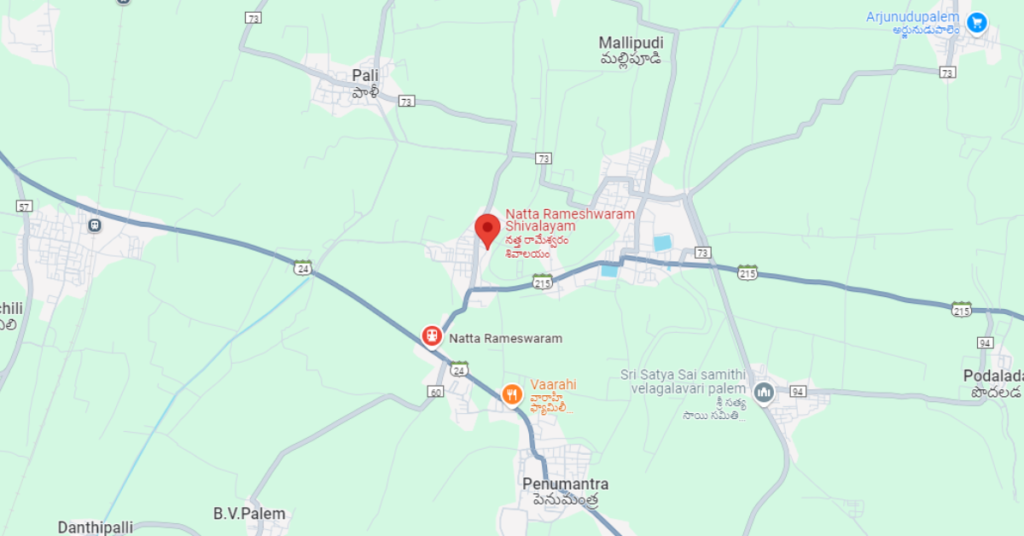
Conclusion:
The Natta Rameswara Temple is not just a place of worship but a historical and spiritual treasure of Andhra Pradesh. With its deep-rooted legends, unique temple architecture, and profound spiritual aura, the temple continues to draw thousands of devotees seeking blessings from Lord Shiva. Visiting this temple during the month of Vaishakh offers a rare opportunity to witness the submerged Shiva Linga and experience the divine presence of this sacred place. Here, we can learn about Natta Rameswara Temple Timings, History, and all the information before you visit.
“Share your experience after visiting or if you’ve already visited, let us know About your experience.”
Frequently Asked Questions (FAQs):
Answer: Natta Rameswaram Temple stands in East Godavari district, Andhra Pradesh, India.
Answer: Devotees worship Lord Shiva as Rameswara, the main deity of this temple.
Answer: It is a renowned pilgrimage destination, known for its healing powers and for fulfilling the wishes of devotees.
Answer: The temple usually opens early in the morning and remains open until late evening. For exact timings, please visit the temple’s official website.
Answer: There is no entry fee for visitors, but they are welcome to offer donations.
Answer: Popular nearby attractions include Kolleru Lake, Coringa Wildlife Sanctuary, and Kakinada Beach.
Answer: Road and rail connections make it easily accessible, with Samalkot being the nearest railway station.
Answer: The best time to visit is during the winter months, from October to February, when the weather is pleasant.

